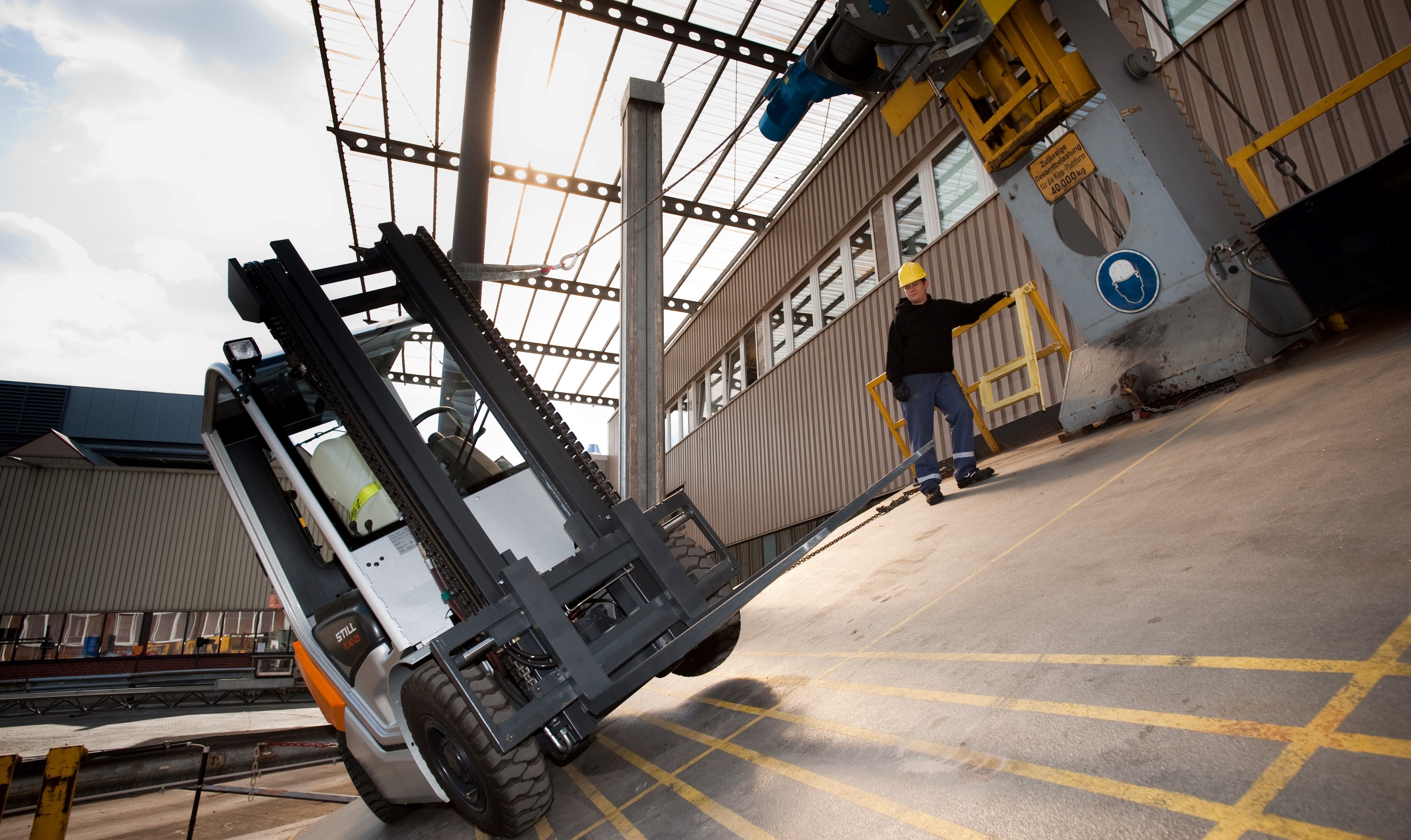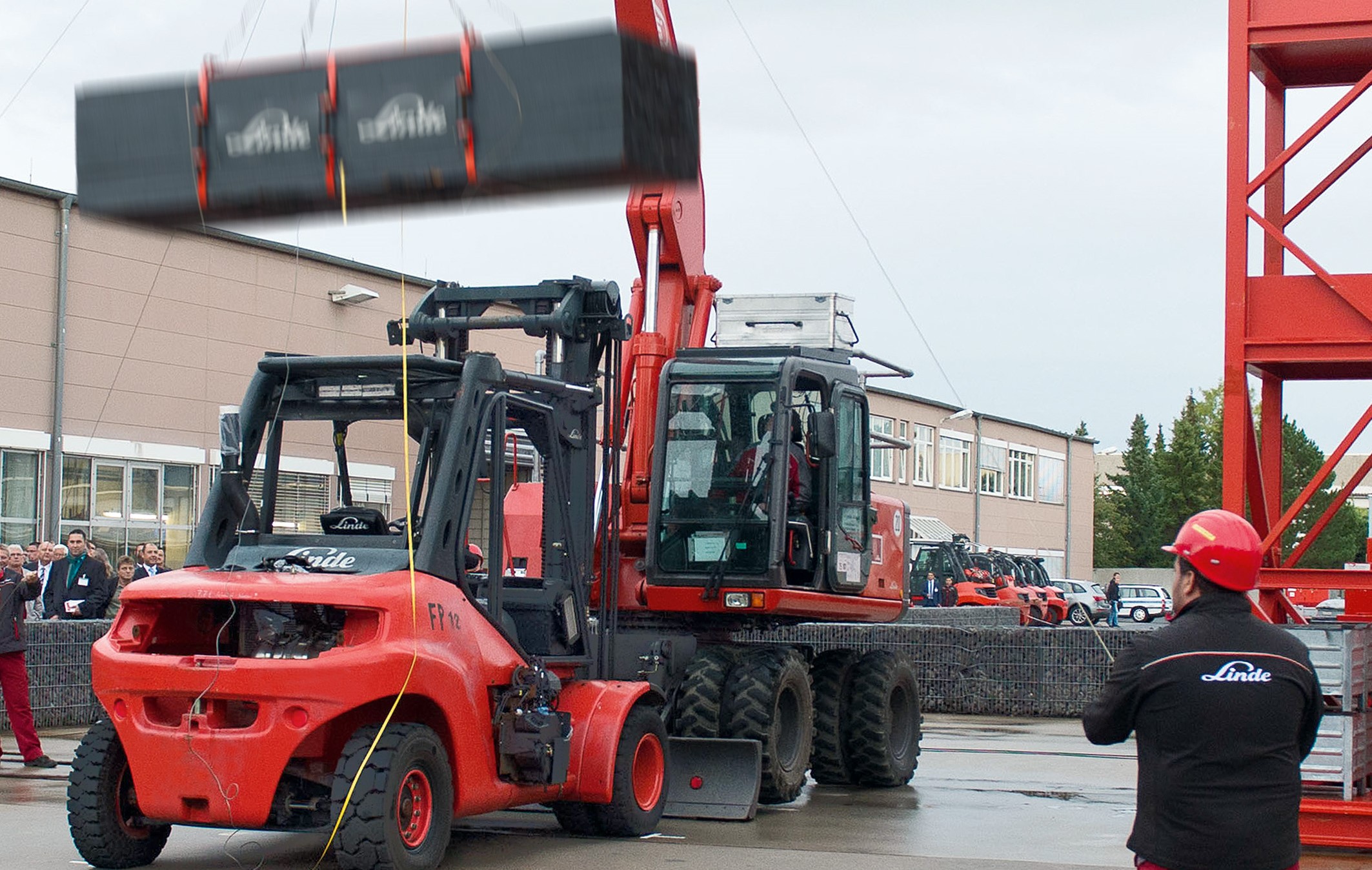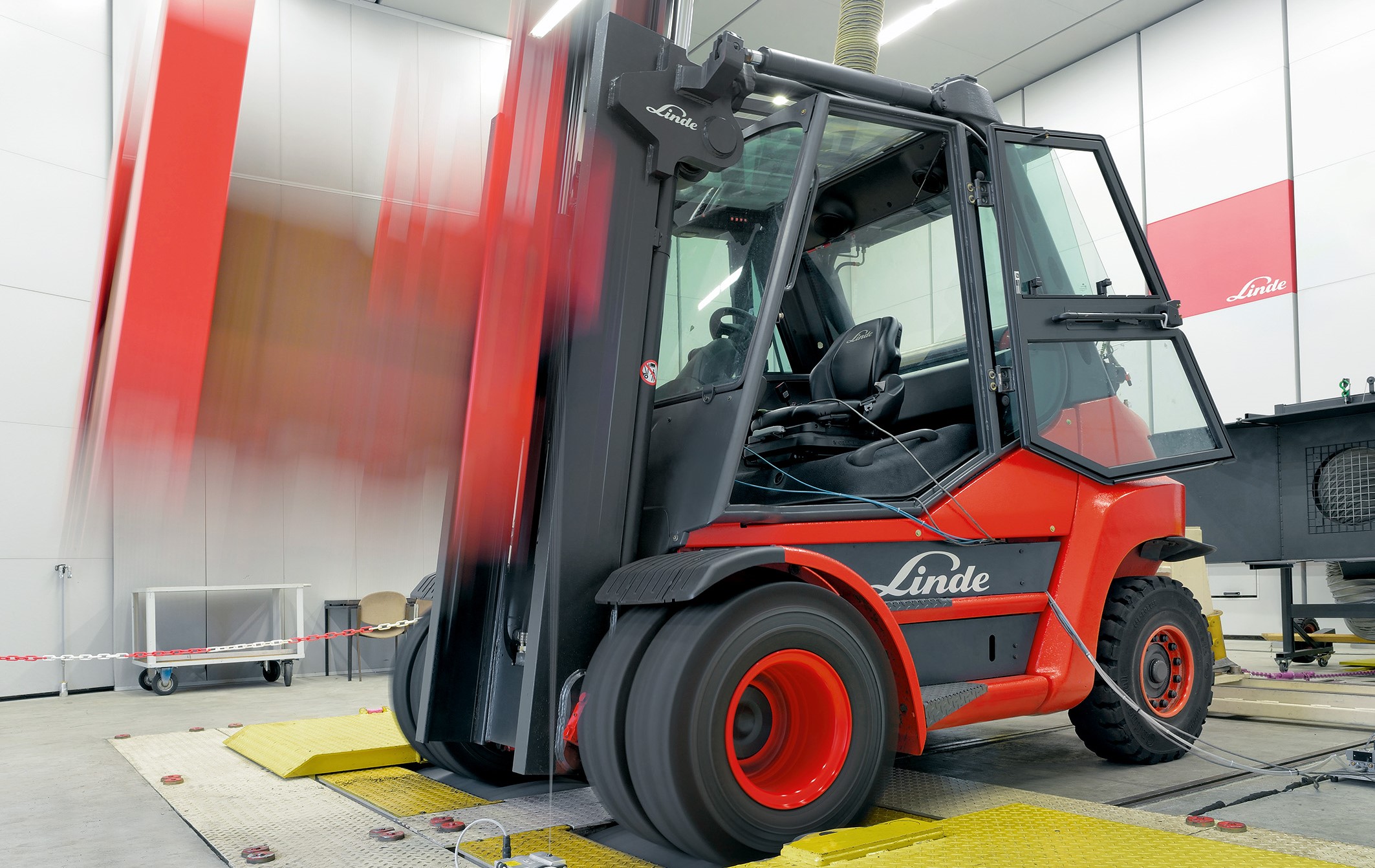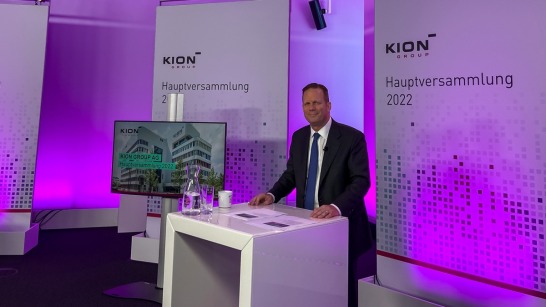Physical test procedures for forklift trucks by KION brand companies
Forklift trucks are complex, powerful, and robust pieces of equipment. They deliver extraordinary performance in many areas of application. To guarantee full functionality, safety, and durability at all times, trucks undergo an extensive testing regime before they are approved. Drawing on decades of experience in forklift truck construction, the KION Group brand companies have developed testing programs in order to make their industrial trucks fit for use under any conditions.
2022-06-08






